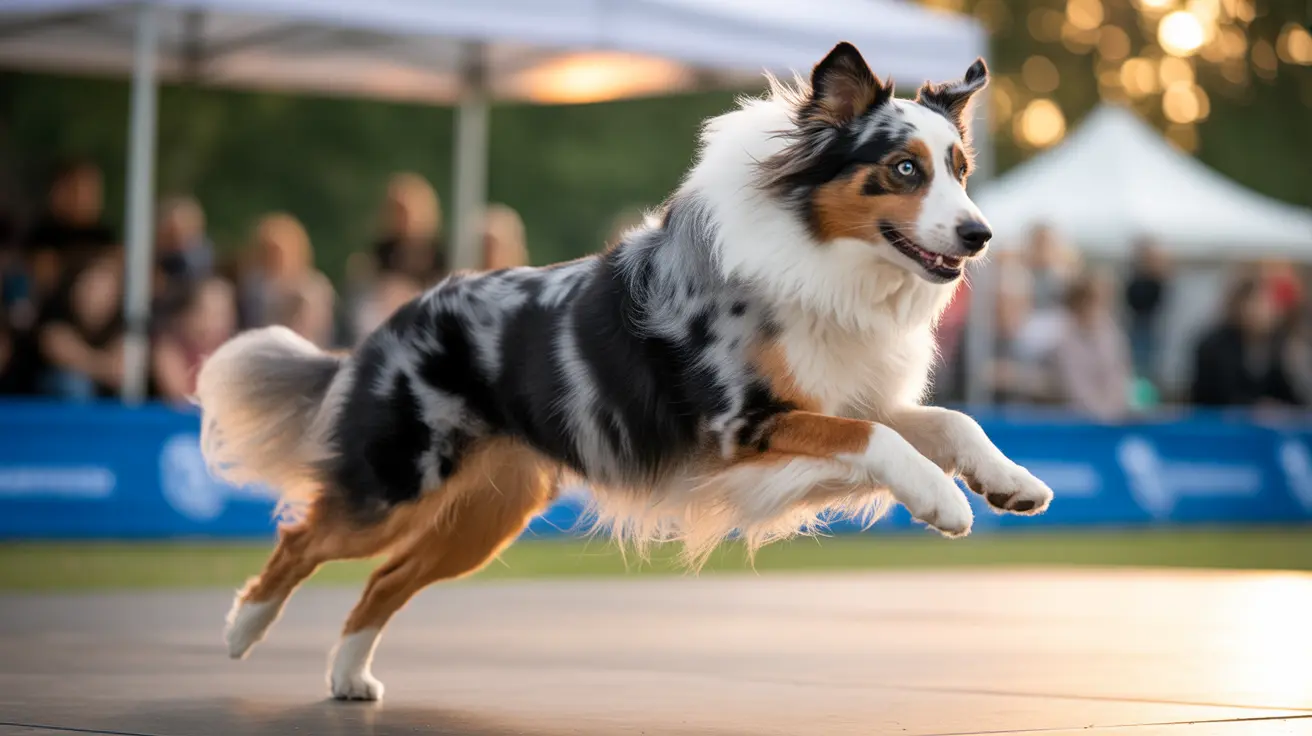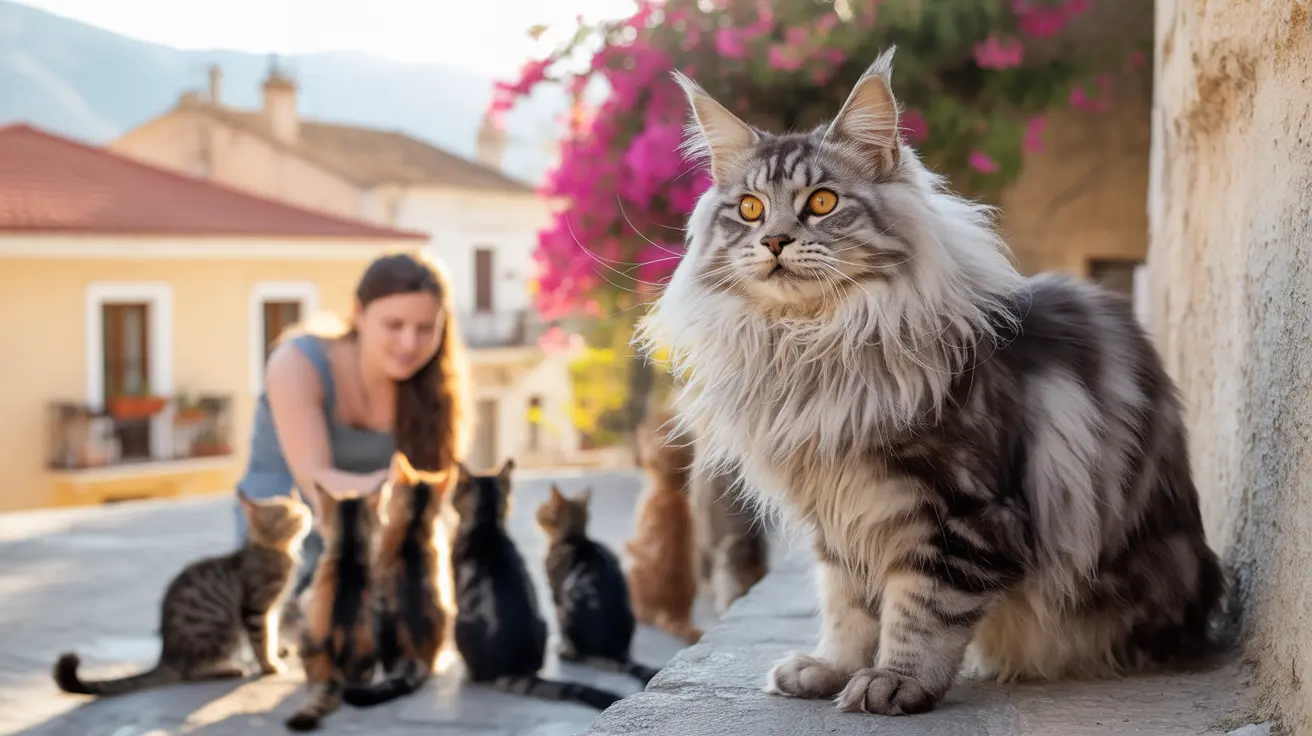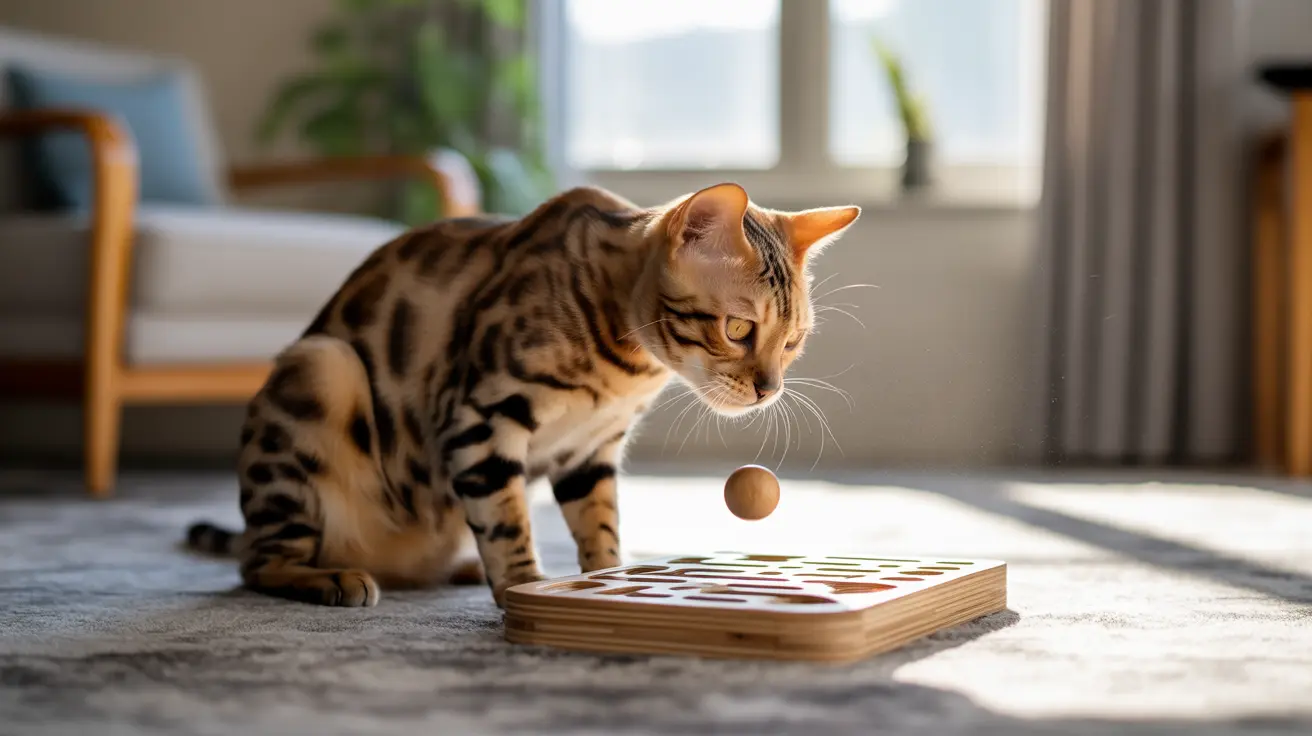The Scottish Terrier: A Distinctive and Spirited Breed
The Scottish Terrier, often affectionately called the Scottie or Aberdeen Terrier, is a compact yet robust dog with a rich heritage rooted in the rugged landscapes of Scotland. Originally bred to hunt foxes, badgers, and vermin, this breed has developed a reputation for its tenacity, intelligence, and unmistakable appearance.
Physical Characteristics
Scottish Terriers are immediately recognizable thanks to their unique silhouette. They stand about 10 inches (25 cm) tall at the shoulder and weigh between 19–22 pounds (8.5–10 kg) for males and 18–21 pounds (8–9.5 kg) for females. Their bodies are sturdy and compact, supporting a broad head adorned with expressive eyebrows and a characteristic beard.
- Coat: Hard, wiry outer coat with a dense, soft undercoat.
- Colors: Black is most common, but brindle and wheaten coats also occur.
- Ears: Erect and alert.
This breed's dignified appearance is enhanced by its grooming needs—regular brushing keeps their double coat healthy while professional hand-stripping maintains the signature wiry texture.
Temperament and Personality
If you're looking for a dog with character, the Scottie doesn't disappoint. They're known for being independent, intelligent, and sometimes stubborn. Loyalty runs deep; many Scotties form close bonds with one person in particular. While they're affectionate with their families, they tend to be reserved around strangers—making them excellent watchdogs who will alert you to anything unusual without excessive barking (unless they're bored or left alone too long).
- Loyal and protective
- Aloof with strangers
- Playful yet independent
Their playful energy means they need regular exercise—think brisk walks or lively games of fetch—to stay happy and healthy. They're not lap dogs; most prefer having their own space nearby rather than constant cuddles.
Instincts and Behavior
Bred as hunters, Scotties have a high prey drive. Digging comes naturally—they were developed to pursue prey underground—so don't be surprised if your yard shows evidence of their handiwork! Because of these instincts:
- They're likely to chase small animals (including cats), so careful introductions are crucial if you have other pets.
- A secure fence is essential; Scotties can dig under or even climb over barriers if something catches their interest.
Training Challenges
Their intelligence makes them quick learners—but only when they're interested! Training requires consistency, patience, and positive reinforcement. Short sessions (no more than 15 minutes) work best. Harsh corrections can backfire; Scotties are sensitive to tone and may become withdrawn if scolded too harshly.
- Use rewards-based training methods.
- Avoid repetitive drills—variety keeps them engaged.
Family Compatibility
This breed isn't always ideal for homes with small children due to their robust play style and dislike of rough handling. They thrive with experienced dog owners or families with older kids who respect boundaries. Early socialization helps ensure good manners around people and other dogs—though some Scotties may still try to assert dominance or act scrappy around canine peers.
Grooming Needs
Caring for a Scottie's coat takes commitment:
- Brush once or twice weekly to prevent matting.
- If possible, hand-strip the coat every few months for texture (clipping is acceptable for pets).
- Professional grooming every 6–8 weeks if you can't hand-strip at home.
Don't forget regular ear cleaning, tooth brushing, and nail trims as part of overall care.
Exercise Requirements
A daily dose of activity keeps both body and mind sharp. Brisk walks are great, but interactive games like tug-of-war or fetch provide mental stimulation too. Some Scotties excel in agility or earthdog sports—just remember that advanced obedience can be tricky given their independent streak!
Health Considerations
The Scottish Terrier lives an average of 11–13 years but is prone to certain inherited conditions:
- Scottie Cramp: A neurological disorder causing spasms during stress or excitement—not painful but should not be bred forward.
- Von Willebrand Disease: A hereditary bleeding disorder; DNA testing recommended for breeding dogs.
- Patellar Luxation: Dislocation of the kneecap—common in small breeds.
- Craniomandibular Osteopathy ("Lion Jaw"): Excessive jawbone growth in puppies; sometimes improves over time.
- Cerebellar Abiotrophy: Progressive loss of coordination due to cerebellum degeneration.
- Cancers: Higher risk compared to many other breeds.
Lifelong veterinary care—including health screenings—is key for early detection and management of these issues.
A Storied History
The breed's roots reach back centuries in the Scottish Highlands; records mention similar dogs as early as the 15th century. The modern Scottish Terrier took shape in the 1800s from various highland terrier types once called Skye terriers. Standardization came by the late 19th century alongside dedicated breeders' efforts—the American Kennel Club recognized the breed in 1885.
Cultural Impact
The Scottie's dignified look and spirited nature have made it popular far beyond Scotland's borders. Notable owners include U.S. presidents Franklin D. Roosevelt (with his famous dog Fala), Dwight D. Eisenhower, and George W. Bush. You'll even find the Scottie immortalized as the dog token in Monopoly—a testament to its enduring charm among dog lovers everywhere!





